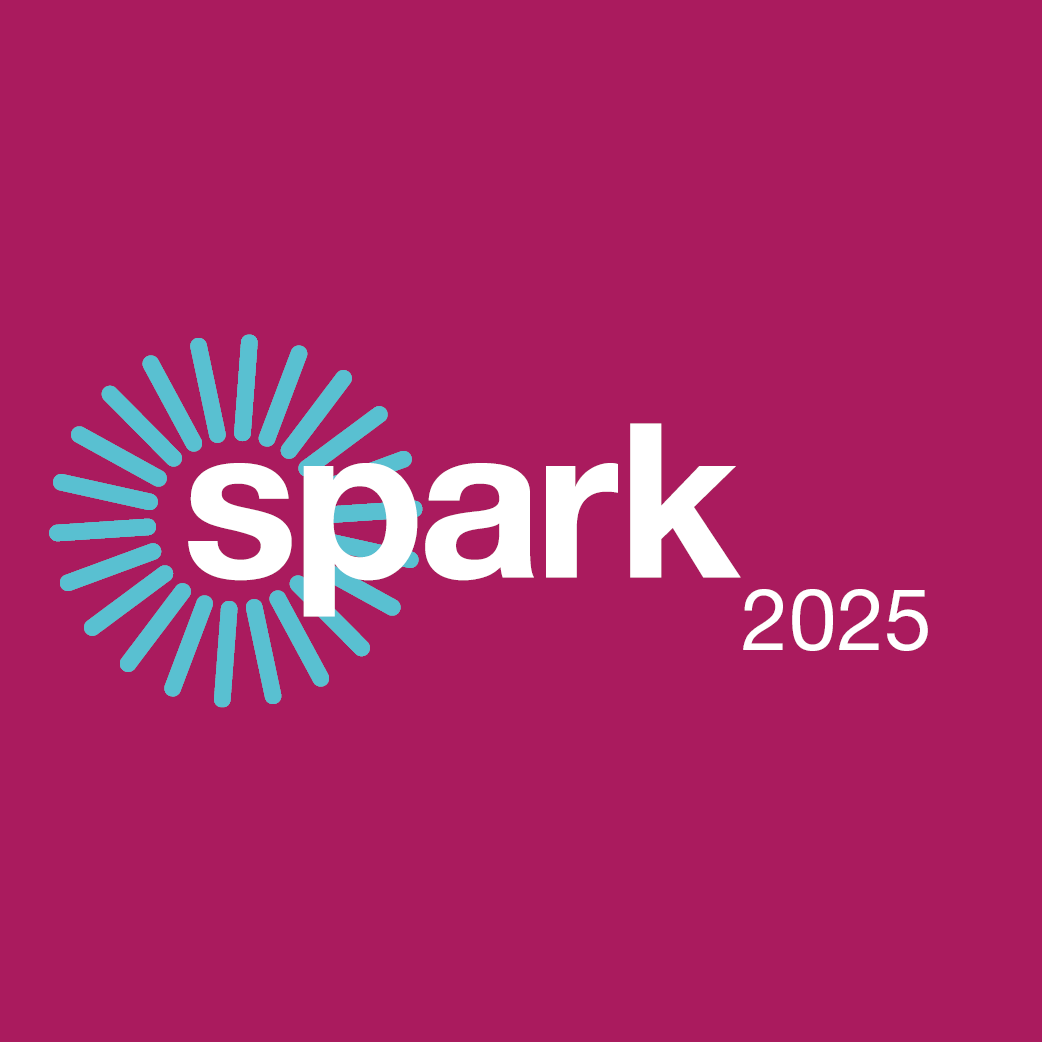Leadership and Organizational Development
Leading with Local Philanthropy
Tuesday, June 10
The Council on Foundations’ Leading Locally 2025 Conference kicked off today in Minneapolis. I am here representing Social Current to share perspectives learned from our work and to speak with funders about our social impact campaign. We know that Social Current, with the wisdom of our network of social sector organizations, has an important role to play in informing individual and institutional philanthropists. This year’s event began with a plenary session called “United in Giving,” which looked at the role philanthropy has played in U.S. history.
In moments of uncertainty and crisis in our nation—be it economic turmoil, public health emergency, or social justice movements—the importance of local philanthropy cannot be overstated. While larger organizations often dominate the conversation, grassroots initiatives hold the key to uniting communities and addressing immediate needs effectively–that’s also a critical belief of Social Current. We want to help each of you meet the needs of your communities as effectively and compassionately as possible.
Building Community Connections
Local philanthropy thrives on the principle of community engagement. It allows residents to come together, fostering relationships that transcend differences. For example, during the COVID-19 pandemic, community-led initiatives like neighborhood food drives and mutual aid networks sprang up across cities. These efforts not only provided essential resources but also strengthened bonds among residents, creating a sense of solidarity. This is happening now in our country, too—funders and organizations are coming together but even funders are experiencing the tremendous uncertainty of this moment, so don’t be surprised if they don’t have all the answers just yet.
Addressing Immediate Needs
Community-based organizations are uniquely positioned to respond quickly to pressing issues. With firsthand knowledge of the community’s challenges, they can tailor their responses to meet specific needs. For instance, in response to economic hardships, local nonprofits may offer job training programs or financial literacy workshops, equipping residents with the tools to navigate difficult times. By leading with local philanthropy, communities can mobilize resources efficiently, ensuring that support reaches those who need it most. It was clear from many of today’s speakers that funders are listening and try to respond in meaningful ways.
Inspiring Broader Change
Finally, local philanthropy can serve as a catalyst for broader societal change. Successful community initiatives often inspire larger movements and policies. By prioritizing local philanthropy, communities can test innovative solutions that may eventually impact national policies. That’s why Social Current is here to meet these funders and discuss our social impact campaign. The communities chosen for our first cohort will actively engage in learning, refining their approaches, and sharing their insights with others across the nation. The funders supporting this initiative will play a crucial role in facilitating this work.
Key Takeaways
Local funders are anxious to learn from you—and learn about you—but because they don’t have access to the same resources as larger funders, it is important for you to work with them to build collaborative projects and innovative strategies. Funders can also be great resources to help build partnerships. Seek them out for more than just a grant.
Wednesday, June 11
Bridging the Philanthropy Divide
More from Minneapolis! Minnesota, a state with significant urban areas and large, expansive rural landscapes, was a fitting location for discussions on the divide between philanthropy in rural and urban areas. At Social Current, we recognize that the divide between urban and rural areas is not just a statistic; it’s a reality felt by communities. More than 70% of the Top 25 Foundations in the U.S. are in large metropolitan areas. This statistic it climbs close to almost 80% if you include Robert Wood Johnson Foundation and W.K. Kellogg Foundation, which are about two hours from New Yor City and Detroit, respectively.
Urban Areas: Large-Scale Challenges
In urban settings, the issues can be widespread and often affect a significant number of people. Think about cities like New York or Los Angeles, where high housing costs lead to alarming rates of homelessness and food insecurity. Philanthropic efforts often focus on large-scale solutions—like funding for affordable housing initiatives or supporting food banks that serve thousands of individuals daily. Organizations such as the Robin Hood Foundation exemplify this by addressing poverty through comprehensive strategies that not only meet immediate needs but also tackle the root causes of these challenges. Funders can report to their board members that thousands or even tens of thousands of people have been impacted by a single grant—and that feels good.
Rural Areas: Overlooked Needs
On the flip side, rural areas often struggle with challenges that, while less visible, are no less urgent. Limited access to health care, fewer educational opportunities, and economic instability are common concerns. For instance, many rural communities lack sufficient health care facilities, which can lead to serious health issues that could have been prevented. Schools and homes may lack affordable, reliable internet access and good-paying jobs may not be nearby. Philanthropy in these areas has a different focus—and that may require other infrastructure, which is controlled by state or federal government entities. The Appalachian Regional Commission is a great example, successfully implementing initiatives to enhance economic development and education in underserved rural communities—but also how engaging policymakers was critical to the effort. But that effort may impact fewer individuals.
Collaboration is Key
To effectively tackle these diverse challenges, collaboration is essential. At Social Current, we believe that urban and rural organizations can learn from each other’s experiences. Urban groups can share insights on scaling initiatives, while rural organizations can emphasize the importance of grassroots engagement and community involvement. Programs like the Rural-Urban Bridge Initiative create connections, addressing issues like food distribution that link urban centers with rural farmers. It was great to hear today’s panelists talk about this and other similar projects—particularly around workforce training and technology.
Key Takeaways
At Social Current, we understand the importance of recognizing the rural-urban divide and fostering collaboration among communities of all sizes. Our expertise enables organizations to create positive impact and build strong relationships with funders, ensuring that both urban and rural initiatives receive the support they need. Whether your organization is addressing homelessness in a bustling city or enhancing health care access in a small town, we believe that a tailored approach to philanthropy is essential for meaningful change. We are dedicated to equipping our network with the skills and resources necessary to bridge this divide, empowering you to engage effectively with funders and stakeholders. Together, we can support your unique journey toward sustainable transformation, uplifting communities regardless of their location.
Thursday, June 12
The social sector and the philanthropic sectors are responding to a sea change—and that’s better than reacting to it.
In a decade marked by rapid political and social shifts, the social and philanthropic sectors are trying to transform. The most important takeaway from the Leading Locally 2025 Conference in Minneapolis is that rather than merely reacting to these changes, many organizations are embracing a proactive approach to strengthen their foundations and address systemic flaws. This shift from a reactive to a proactive mindset is crucial for building resilience against future uncertainties. Of course, there are urgent needs faced by many organizations and communities – and in some cases the need for critical work creates tension between funders and organizations.
Historically, the social sector has not been seen as strong enough to stand against the tide, swaying with the ebb and flow. This reactive stance leads to turmoil, as organizations scrambled to adjust their strategies in response to immediate crises, rather than focusing on long-term solutions. Funders and donors often drove this—modifying their funding priorities to align with shifts, which can dilute their mission and impact.
Recognizing this challenge, institutional funders and individual donors are taking steps to educate themselves about the broader landscape in which they operate. They are engaging in discussions about systemic issues such as inequality, access to resources, and the importance of sustainable practices. By understanding the root causes of these issues, donors are better equipped to support initiatives that address them holistically. This was the focus of many conversations in Minneapolis—and we at Social Current were pleased to be a part of them.
The philanthropic sector is beginning to recognize that providing flexibility in funding allows organizations to allocate resources where they are most needed, rather than being bound to specific project requirements. This shift not only empowers organizations but also fosters innovation and adaptability, qualities that are essential in a rapidly changing environment. Moving this idea forward to broad adoption is one of the cornerstones of Social Current’s social impact campaign.
Collaboration is emerging as another proactive strategy among funders—as well as creativity. Philanthropic organizations are increasingly partnering with each other to create comprehensive solutions that tackle systemic challenges. These partnerships foster a shared understanding of the issues at hand and enable collective action that is more impactful than isolated efforts. They are also looking for more creative ways to fund the social sector—through limited partnerships, the creation of pooled investment funds, and much more. These funding vehicles wouldn’t be as imperiled by changes in tax codes or status.
The social and philanthropic sectors are at a pivotal moment. By shifting from a reactive to a proactive stance, they can address systemic flaws and build resilience against future changes. Education, collaboration, and creativity are key strategies that will not only enhance their effectiveness but also ensure a more equitable and sustainable future for all. We at Social Current are ready to lend our hands to the effort to make these sectors which support so many people more resilient and effective.



